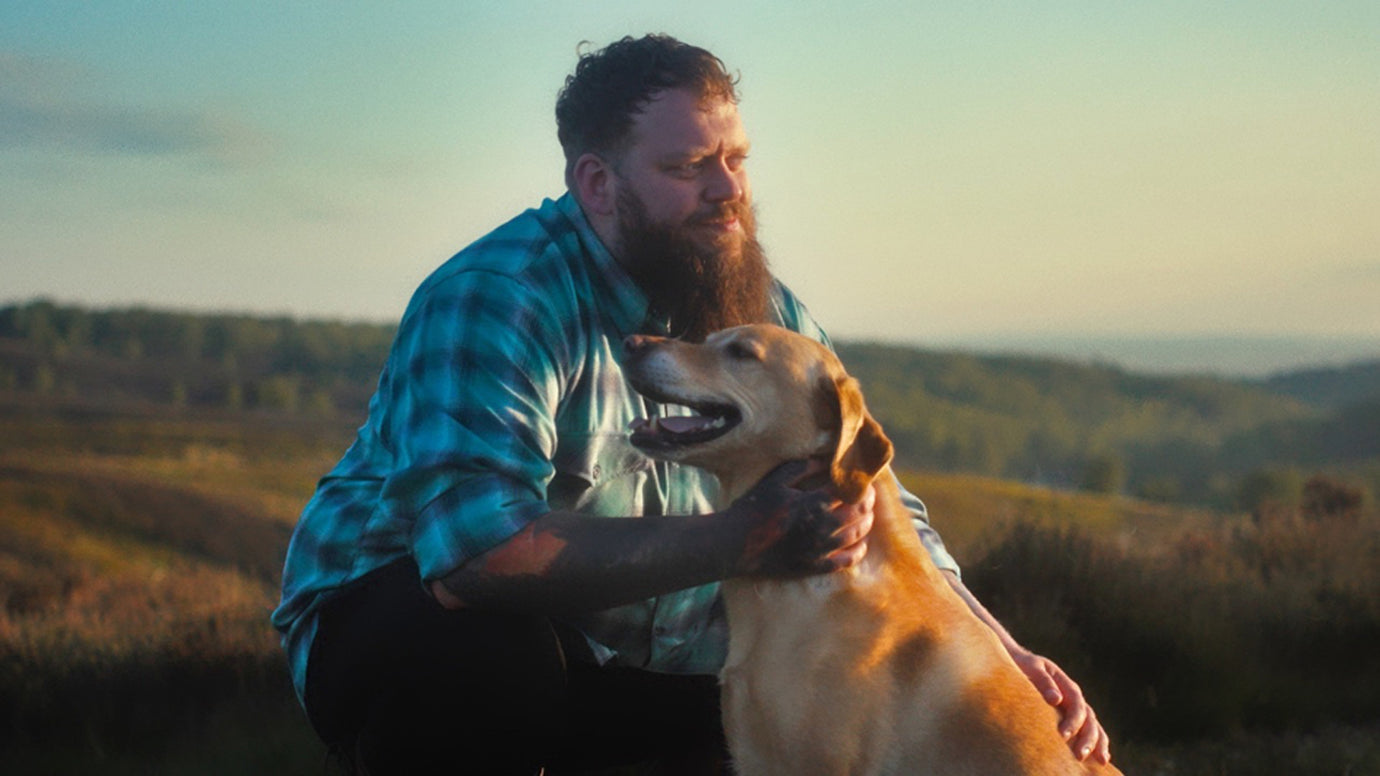Training trouble? Five specific beliefs or approaches to dog training you might not realise are negative reinforcement

Most dog owners know that positive reinforcement training is the most effective approach to teaching dogs, and even those that don’t know the name for the training ethos they use or learned are following positive reinforcement principles.
Most dog owners then know that negative reinforcement is not only unkind, but ineffective, and would not knowingly use or follow negative reinforcement dog training principles. However, there are a number of specific beliefs or approaches to dog training or specific training issues that actually fall under the heading of negative reinforcement dog training, even if you don’t realise it.
This means that you could inadvertently be using negative reinforcement even if you’re against the idea!
This article will share five examples of negative reinforcement dog training that are widely and unwittingly still used today. Read on to learn more.
Rubbing a dog’s nose in their mess if they toilet in the house
It used to be almost universally understood as received wisdom that if a puppy had an accident in the house or went to the toilet in the wrong place, scruffing them and rubbing their nose in their own mess was the fastest way to teach them that this was wrong. For people who have never even heard of this, the whole idea is both rather shocking and makes no sense either; it is unkind or even cruel, won’t be understood by your puppy, and you now have a puppy with pee or faeces on their face too, how is any of this a good thing!?
However, for people who are of a certain age or that grew up in a time when if their family got a new puppy, this was the norm, the idea of rubbing a pup’s nose in their mess to teach them not to toilet in the house is often still accepted as appropriate.
This holds true even for many people who do not subscribe to negative reinforcement dog training in theory; because they simply don’t realise that this approach to toilet training falls under the heading of negative reinforcement.
Your puppy will be shocked and frightened if you train them in this way, and neither feeling is conducive to learning; and they won’t understand what you’re doing or why anyway.
Lead-checking your dog sharply
Lead-checking a dog means delivering a tug on the lead to physically pull your dog back or stop them from pulling. How sharply the check is delivered can vary, but it tends to escalate with dog owners that try this; because not only is it generally ineffective, but also achieves the opposite effect of causing the dog to pull harder.
This obviously makes walks stressful and frustrating for the handler and as they become more and more annoyed or find holding and controlling the lead progressively harder, are more likely to yank sharply in response.
Lead-checking a dog doesn’t stop them from pulling, and if you’re using a collar rather than a harness and yank hard, or sharply, and if particularly if your dog is small, can actually harm them. If you lead-check your dog frequently or are always providing resistance down the length of the lead, this actually strengthens your dog’s neck muscles over time; making lead-checking firstly ineffective, and even worsening the problem.
Using a physical check like this, particularly a harsh one, is negative reinforcement. The correct approach in place of a lead-check can be hard to get to grips with as it is not self-evident and takes time to pay off.
However, it works effectively over time; and involves simply stopping and failing to respond to a pulling or lunging dog, until they relax or stop and slacken the lead; then moving off. Repeating this every time the dog pulls, until their frustration teaches them that they need to stop pulling to keep moving!
Speaking sharply or shouting at your dog
Speaking sharply to a dog or shouting at them shocks and scares the dog; and they concentrate hard on appeasing you and diffusing your anger, and as a result, totally forget (if they even realised in the first place) what they did to anger you to begin with.
Speaking sharply or shouting can stop a dog in their tracks for a moment, and so might be warranted if your dog is about to do something dangerous; but even then this only works (if it works at all) due to the shock value; and if you do it more than once, the shock value is lost.
Shouting or otherwise using a tone of voice designed to threaten or frighten your dog is a form of negative reinforcement, and highly ineffective.
Any physical battle for dominance with your dog
We’ve already mentioned lead-checking or yanking the lead as a form of negative reinforcement, but other forms of physical struggle with a dog or getting into a tussle for dominance is a form of negative reinforcement too. Many people think that smacking a dog or otherwise using physical pain as punishment is negative reinforcement – and it is – but otherwise physically
using your strength as a form of dominance, even if you’re not even telling your dog off, far less hurting them, can be negative reinforcement too.
This might mean hauling them back from a door they’re barking at, pushing them out of the way, or otherwise relying on strength or dominance to maintain or try to take command.
Threat displays, needlessly asserting dominance or forcing submission even without physical contact
Forcing eye contact with a dog so that they look away, taking their food from them (or withholding food) or deliberately challenging your dog over food to prove you’re the boss, or otherwise forcing your dog to submit to you in any context rather than to willingly follow your direction, is a form of negative reinforcement.
Many people think negative reinforcement only means physical chastisement; but there is far more to it than this, and you can deliver negative reinforcement in many ways, not all of which are physical.
(Article source: Pets 4 Homes)





